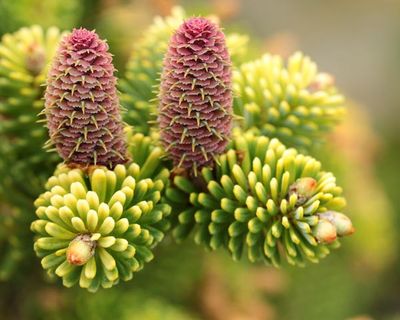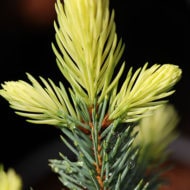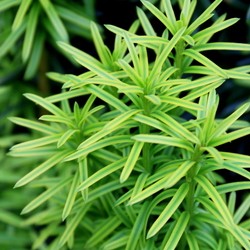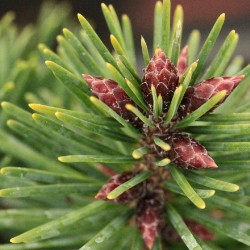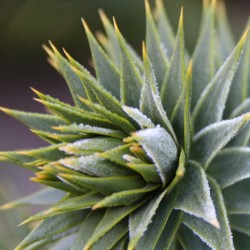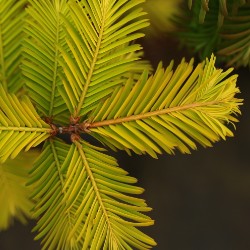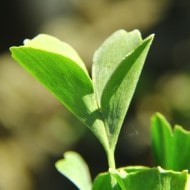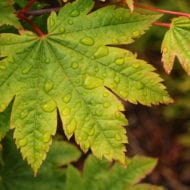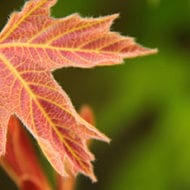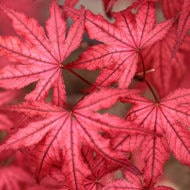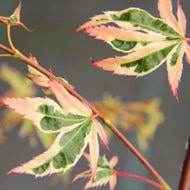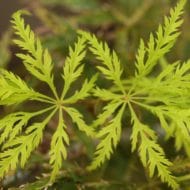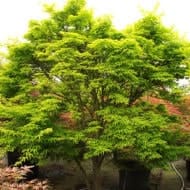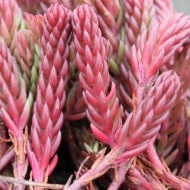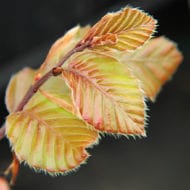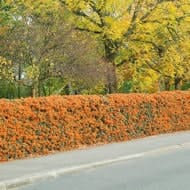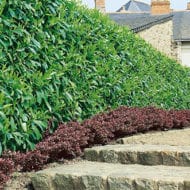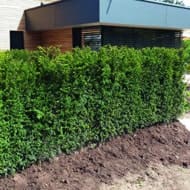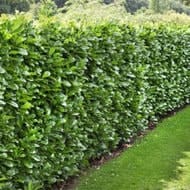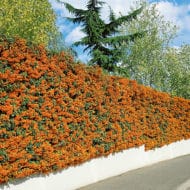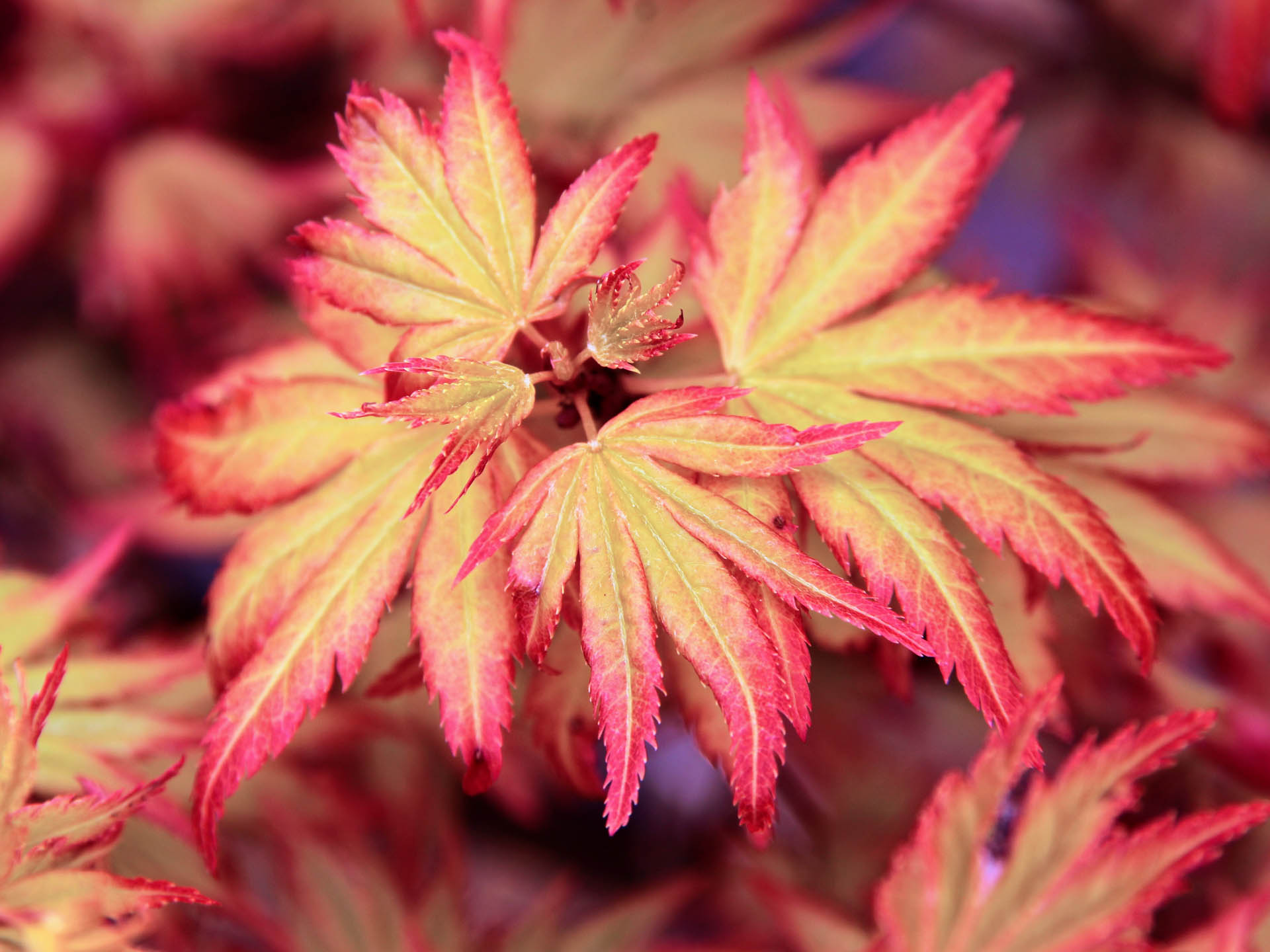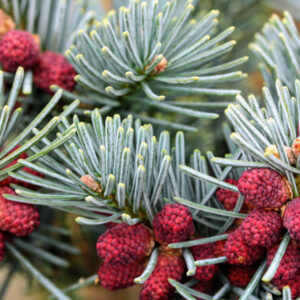Acer palmatum ‘Orange Dream’ Japanese Maple
SKU: AcPalm-OrangeDream-0-0
Categories: Acer palmatum, Intermediate, Intermediate Maples, Japanese Maples, Our Plants, Upright, Upright, Yellow, Yellow Maples, Zone 6, Zone 7, Zone 8, Zone 9
Tags: All Is Fixed, Hardiness Zone 6, Popular
Description
Spring leaves are yellow-orange with red margins. Leaves retain the bright colors, changing to yellow-green with some orange margins in the summer. The fall color of Orange Dream Japanese Maple is yellow.
USDA Hardiness Map

Plant Form

Additional information
| Weight | N/A |
|---|---|
| Latin Name | Acer palmatum 'Orange Dream' |
| Common Name | Orange Dream Japanese Maple |
| Plant Size | #1 Container, #2 Container, #3 Container, #7, 5-6', BP-1 |
| Leaf Type | Broadleaf |
| Hardiness Zone | Zones 6-9 |
| Sun Exposure | Part Shade |
| Annual Growth | 6-9" |
| HXW@10 YEARS | 7'x4' |
| Color | Yellow |
| Growth Rate | Intermediate |
| Color | |
| Form | |
| Growth Rate | |
| Your auto-detected zip code |  |
| hardiness zone based on zip code |  |
| You can also try another zip code |


